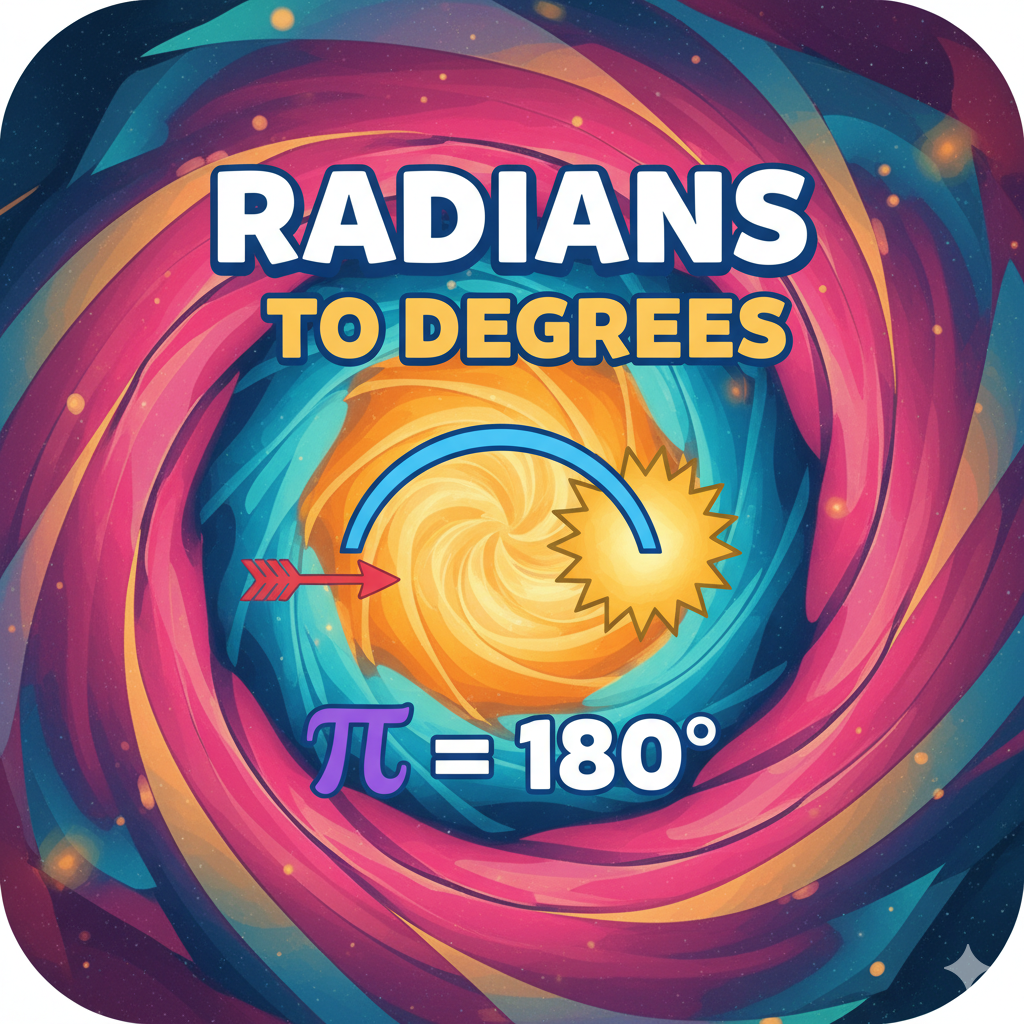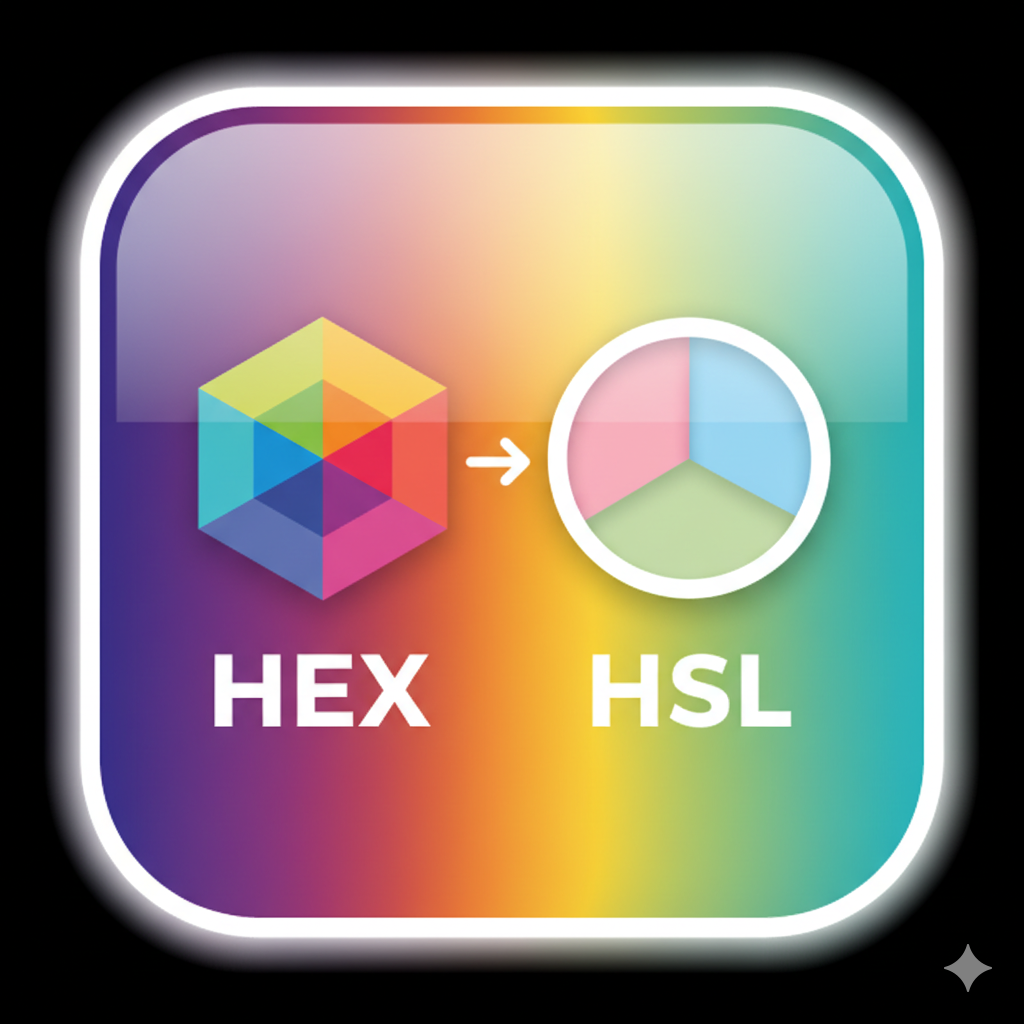The Radians to Degrees Angle Converter is a precise, user-friendly, and scientifically reliable digital tool designed to convert angle measurements from radians (rad) to degrees (°) instantly. Angle conversions are fundamental in trigonometry, calculus, physics, engineering, computer programming, navigation, and many real-world applications. Because radians and degrees serve different purposes across academic and technical disciplines, the ability to convert between them effortlessly is essential. This tool provides fast, accurate results grounded in universal mathematical formulas, ensuring seamless integration into professional, educational, and everyday workflows.
Radians are the standard unit of angular measurement in higher mathematics and scientific fields. They are derived from the geometry of a circle, where one radian corresponds to the angle created when an arc length equals the radius. This natural relationship makes radians the preferred unit for calculus, trigonometric functions, rotational motion, and wave equations. Degrees, on the other hand, divide a circle into 360 equal parts and are intuitive for everyday tasks such as navigation, geometry, and measuring physical angles in construction or design. To convert radians to degrees accurately, the universally accepted formula is:
Degrees = Radians × (180 / π)
This converter applies the formula precisely, ensuring your results match academic standards and engineering requirements.
In mathematics and trigonometry, radians form the backbone of advanced concepts, including derivatives of trigonometric functions, circular functions, periodicity, and identity transformations. Students often work with radians in formulas but need degrees for interpretation or diagrams. This converter helps bridge the gap, supporting accurate problem-solving and eliminating manual calculation errors that can disrupt understanding.
For physics and engineering, radians play a crucial role in rotational systems, angular displacement, harmonic motion, torque calculations, and wave mechanics. Engineers may receive input values in degrees but must convert them to radians to apply them in equations governing real-world systems. The converter ensures precision in these critical calculations, supporting safe and effective engineering design.
Computer programmers and software developers frequently work with radians when implementing graphics, animations, game mechanics, simulations, and robotic movements. Most programming languages—including Python, JavaScript, C++, Java, and Swift—use radians for built-in trigonometric functions. Developers often receive design specifications or user inputs in degrees, making this converter invaluable for translating values directly into code-ready formats.
In robotics, automation, and machine control, accurate angle conversions ensure precise servo movements, robotic arm positioning, inverse kinematics, and sensor alignment. Converting radians to degrees helps technicians calibrate systems, visualize movements, and document angle configurations properly.
Navigation, surveying, and architecture also involve angles expressed in both degrees and radians, especially when interpreting bearings, orientations, rotational measurements, or structural designs. This converter enhances clarity and avoids misinterpretation when working across varied units.
Students and educators benefit tremendously as well. Teachers can use the converter during lessons, labs, and demonstrations to reinforce theoretical concepts. Students gain confidence by quickly verifying their calculations and focusing on comprehension instead of memorizing formulas.
The interface of the Radians to Degrees Converter is simple, responsive, and optimized for mobile, tablet, and desktop use. Users type a radian value, and the tool instantly provides its equivalent in degrees—clear, precise, and ready for academic or technical application.
In summary, the Radians to Degrees Angle Converter is a highly dependable, scientifically accurate, and versatile tool that supports students, engineers, physicists, programmers, designers, and everyday learners. With its mathematical precision and practical usability, it ensures seamless and confident conversions between radians and degrees across countless fields and applications.






